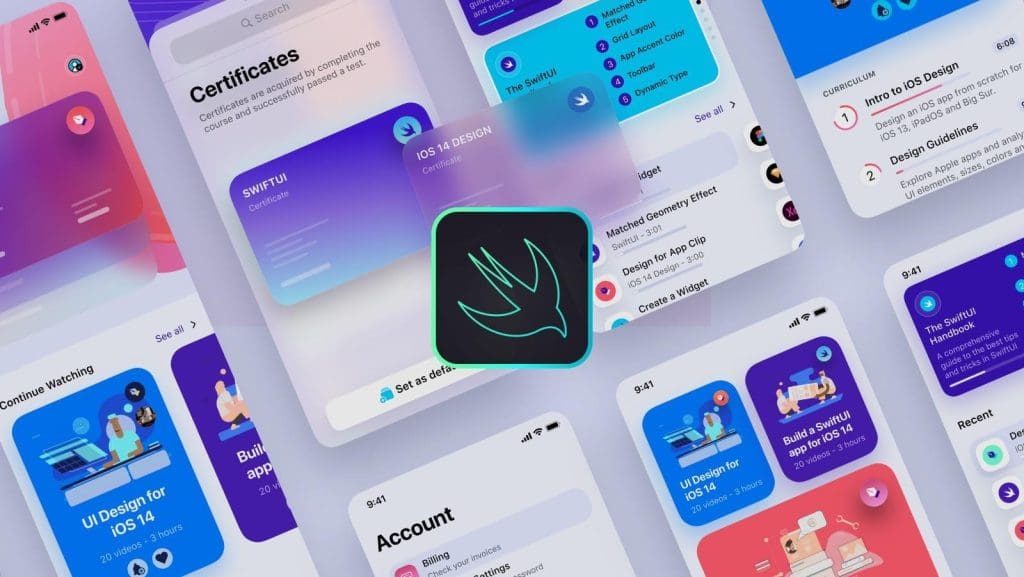Introduction to iOS Mobile App Development
iOS mobile app development refers to creating applications specifically designed for Apple’s iPhone, iPad, and other iOS-powered devices. Unlike Android, the iOS ecosystem is tightly controlled, ensuring high performance, reliability, and consistent user experience. With millions of iOS users worldwide and a strong brand reputation, building apps for iOS can significantly boost your business visibility and profitability.
Understanding the iOS Ecosystem
Apple’s ecosystem includes iPhones, iPads, Apple Watch, and Apple TV—all of which can run iOS or its variants. Developers use tools like Xcode and Swift to create applications that seamlessly integrate across all Apple devices. The App Store serves as the central platform for app distribution, offering developers a global marketplace with strict quality standards.
Why Businesses Choose iOS App Development
Businesses often prefer iOS due to its loyal user base, strong security features, and higher revenue potential. Studies show iOS users tend to spend more on in-app purchases and subscriptions than Android users. Moreover, Apple’s ecosystem ensures top-tier security, making it a prime choice for finance, healthcare, and enterprise-level apps.
Essential Technologies for iOS App Development
Developers typically choose between Swift, Apple’s modern and intuitive language, or Objective-C, the legacy option. Combined with Xcode IDE, these tools offer a smooth development experience. The iOS SDK (Software Development Kit) includes libraries and APIs that enable access to camera functions, GPS, notifications, and more.
Popular Frameworks and Tools
- SwiftUI: A declarative framework for modern UI design.
- UIKit: The classic framework for building user interfaces.
- CoreData: Used for managing app data persistence.
- Combine: Handles asynchronous events with reactive programming.
The iOS App Development Process
Building an iOS app involves multiple structured steps:
- Ideation & Research: Define your target audience and validate the app idea.
- UI/UX Design: Design wireframes and prototypes aligned with Apple’s standards.
- Development: Write code, integrate APIs, and implement backend functionality.
- Testing: Conduct performance, usability, and security testing.
- App Store Deployment: Submit your app for Apple’s review and approval.
- Maintenance: Regular updates to fix bugs and enhance performance.
UI/UX Design for iOS Apps
Apple places immense focus on design aesthetics. Developers must follow Human Interface Guidelines (HIG) to ensure consistency. A sleek design, intuitive navigation, and smooth animations enhance the overall experience. Accessibility features like VoiceOver also help reach a broader audience.
Integrating AI and Machine Learning in iOS Apps
Apple provides Core ML and Create ML frameworks for developers to integrate AI functionalities. From facial recognition and speech analysis to predictive algorithms, AI enhances personalization and user engagement. For instance, apps like Siri and Photos rely heavily on these technologies.
iOS App Security and Privacy
Apple enforces strict app sandboxing and data encryption. Apps operate in isolated environments, reducing vulnerabilities. Developers must comply with privacy standards like GDPR and CCPA, ensuring users’ personal data remains secure and confidential.
Testing iOS Apps Efficiently
Testing is crucial for ensuring performance and reliability. Tools like XCTest enable unit and UI testing, while TestFlight allows beta testing among real users before final release. Automated testing frameworks streamline the process, saving time and cost.
Publishing and Marketing an iOS App
Once the app passes Apple’s review process, it’s ready for launch. To improve visibility, developers use App Store Optimization (ASO) techniques—optimizing app titles, descriptions, and visuals. Post-launch, marketing through social media, email, and influencer campaigns boosts organic downloads.
Cost of iOS App Development
The cost varies depending on app complexity, design quality, and features.
- Simple apps: $10,000 – $30,000
- Medium complexity: $30,000 – $80,000
- Enterprise-level apps: $100,000+
Other factors include backend infrastructure, maintenance, and ongoing support.

iOS Development Trends in 2025
iOS development is evolving rapidly:
- SwiftUI dominates UI development.
- ARKit and RealityKit enhance AR experiences.
- AI and ML drive smarter apps.
- Integration with wearables like Apple Watch expands app capabilities.
Common Challenges in iOS App Development
Developers often face challenges like App Store rejections, compatibility issues, or performance bottlenecks. Keeping up with Apple’s frequent OS updates and testing across devices is essential to maintain app stability.
Choosing the Right iOS App Development Company
When hiring a partner, consider their experience, portfolio, and technical skills. Look for companies that offer end-to-end solutions—from ideation to post-launch support. Outsourcing to a specialized iOS development company can save time and reduce development costs.
Conclusion
iOS mobile app development remains one of the most lucrative opportunities for businesses in 2025. With the rise of SwiftUI, AI, and AR technologies, the iOS ecosystem continues to expand and evolve. Whether you’re a startup or an enterprise, investing in iOS app development can help you connect with a premium audience and achieve long-term success.
FAQs
1. How long does it take to build an iOS app?
Typically, it takes between 3 to 9 months depending on complexity, features, and design.
2. Can I develop an iOS app without owning a Mac?
While you can use cloud-based Mac environments, Apple requires macOS for Xcode and App Store submission.
3. What’s the difference between iOS native and hybrid apps?
Native apps use Swift or Objective-C, while hybrid apps are built using frameworks like Flutter or React Native that run on multiple platforms.
4. How often should I update my iOS app?
Ideally, every 2–3 months to add features, fix bugs, and improve user experience.
5. Is Swift better than React Native for iOS apps?
For native performance and deeper integration with iOS features, Swift is superior. React Native is better for cross-platform needs.

